How to Solve Parallel Lines and Transversals Problems? (+FREE Worksheet!)

Parallel Lines and Transversals – Example 2:
Solution:
The two angles \(75^\circ\) and \(11x-2\) are equal. \(11x-2=75\)
Now, solve for \(x: 11x-2+2=75+2→ 11x=77→x=\frac{77}{11}→x=7\)
Parallel Lines and Transversals – Example 3:
In the following diagram, two parallel lines are cut by a transversal. What is the value of \(x\)?
Solution:
The two angles \(7x-35\) and \(3x+45\) are equivalents.
That is: \(7x-35=3x+45\)
Now, solve for \(x: 7x-35+35=3x+45+35 →\)
\(7x=3x+80→7x-3x=3x+80-3x→4x=80→x=\frac{80}{4}→x=20\)
Parallel Lines and Transversals – Example 4:
In the following diagram, two parallel lines are cut by a transversal. What is the value of \(x\)?
Solution:
The two angles \(3x-27\) and \(-x+33\) are equivalents.
That is: \(3x-27=-x+33\)
Now, solve for \(x: 3x-27+27=-x+33+27 →\)
\(3x=-x+60→3x+x=-x+60+x→4x=60→x=\frac{60}{4}→x=15\)
Exercises for Parallel Lines and Transversals
Find missing angles with Parallel Lines and Transversals.
1.Find the measure of the angle indicated.
2. Solve for \(x\).
3. Find the measure of the angle indicated.
4. Solve for \(x\).
1.\(\color{blue}{110^\circ}\)
2.\(\color{blue}{x=8}\)
3. \(\color{blue}{84^\circ}\)
4.\(\color{blue}{x=5}\)
Related to This Article
More math articles
- 3rd Grade STAAR Math Practice Test Questions
- The Ultimate 6th Grade M-STEP Math Course (+FREE Worksheets)
- The Ultimate 6th Grade WY-TOPP Math Course (+FREE Worksheets)
- 8th Grade MCAP Math Worksheets: FREE & Printable
- Top Calculators for the PSAT 2026: Quick Review
- A Comprehensive Collection of Free TASC Math Practice Tests
- How to Unravel One-to-One Functions
- FREE 4th Grade PSSA Math Practice Test
- What Skills Do I Need for The CBEST Math Test?
- An In-depth Exploration of How to Find the Codomain



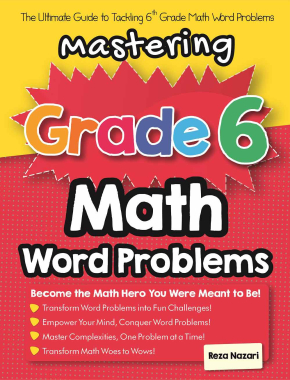

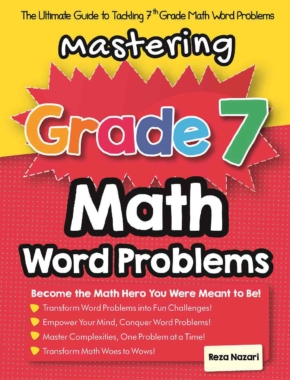
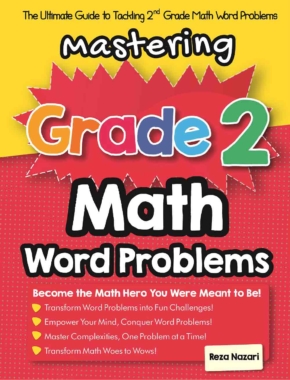
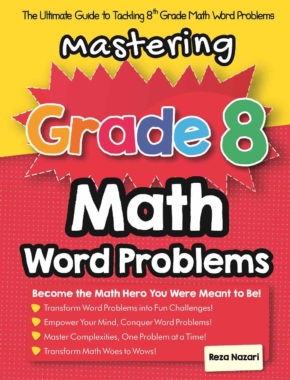

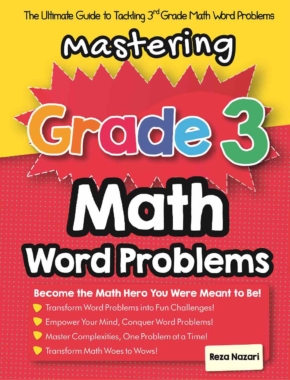
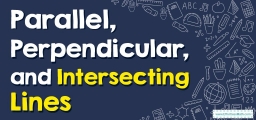
What people say about "How to Solve Parallel Lines and Transversals Problems? (+FREE Worksheet!) - Effortless Math: We Help Students Learn to LOVE Mathematics"?
No one replied yet.